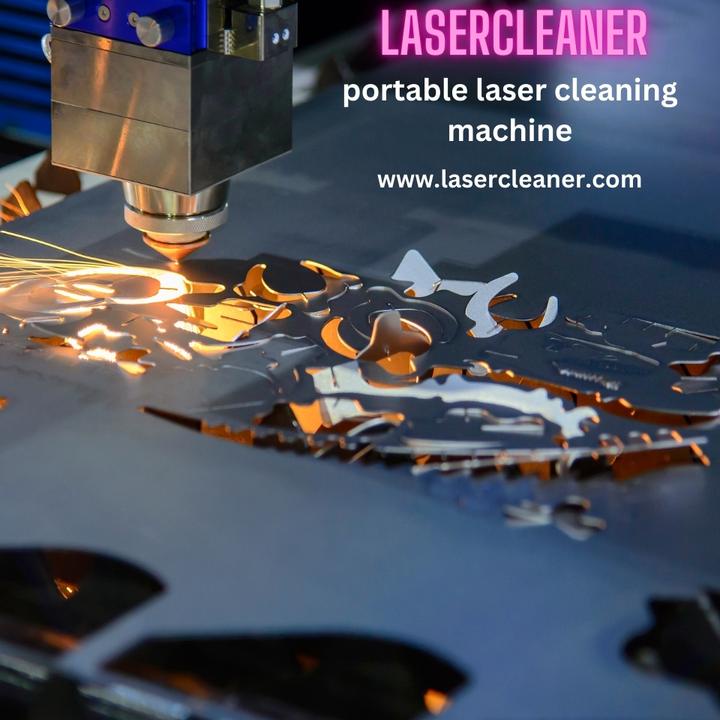Portable laser cleaning machines have revolutionized the way we approach surface cleaning and restoration tasks. These compact and versatile devices utilize laser technology to remove rust, paint, contaminants, and more, offering a precise and efficient solution for various applications. In this guide, we will delve into the intricacies of using a portable laser cleaning machine to achieve optimal results.
Choosing the Right Machine: Before diving into operation, ensure you have the appropriate portable laser cleaning machine for your specific needs. Consider factors such as power, wavelength, and pulse duration to match the machine with the materials you plan to clean.
Safety Precautions: Safety should be your top priority when using a portable laser cleaning machine. Wear protective gear, including laser safety goggles, to shield your eyes from harmful radiation. Ensure the work area is well-ventilated, and always follow the manufacturer's guidelines for proper usage.
Setup and Calibration: Place the portable laser cleaning machine on a stable surface, adjusting the height and angle to suit your task. Calibrate the machine according to the material you're working on, considering factors like surface reflectivity and thickness. Proper calibration ensures optimal cleaning performance.
Understanding Parameters: Familiarize yourself with the machine's control panel and understand the significance of parameters such as laser power, scanning speed, and focal length. These variables play a crucial role in achieving the desired cleaning outcome, so adjust them based on the material and level of contamination.
Surface Preparation: Before starting the cleaning process, prepare the surface by removing loose debris and applying any necessary pre-treatments. This ensures the laser can penetrate and effectively remove contaminants.
Operational Techniques: Start with a low power setting and gradually increase it until you find the optimal level for efficient cleaning without causing damage to the substrate. Use a consistent sweeping motion, overlapping each pass slightly to avoid leaving untreated areas. Experiment with different angles and speeds to refine your technique.
Post-Cleaning Inspection: Inspect the cleaned surface to ensure all contaminants have been removed satisfactorily. If needed, perform additional passes or make adjustments to the machine settings for a thorough result.
Maintenance and Storage: After completing the cleaning task, follow the manufacturer's guidelines for machine maintenance. Clean and inspect the optics regularly, and store the portable laser cleaning machine in a dry, secure location.
Conclusion: Mastering the use of a portable laser cleaning machine requires a combination of technical understanding, operational skill, and adherence to safety protocols. By following this comprehensive guide, you'll be well-equipped to harness the full potential of this innovative technology for a variety of surface restoration applications.


No comments yet